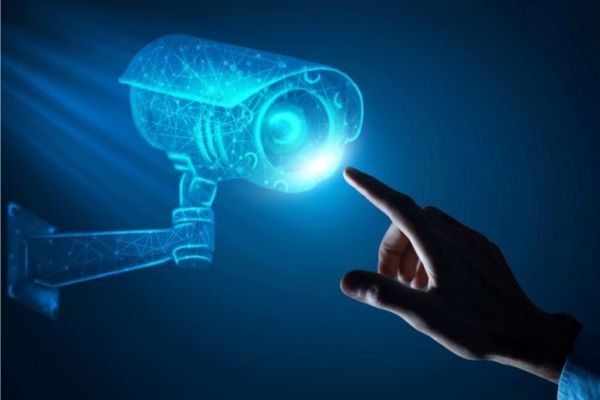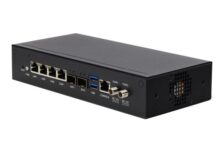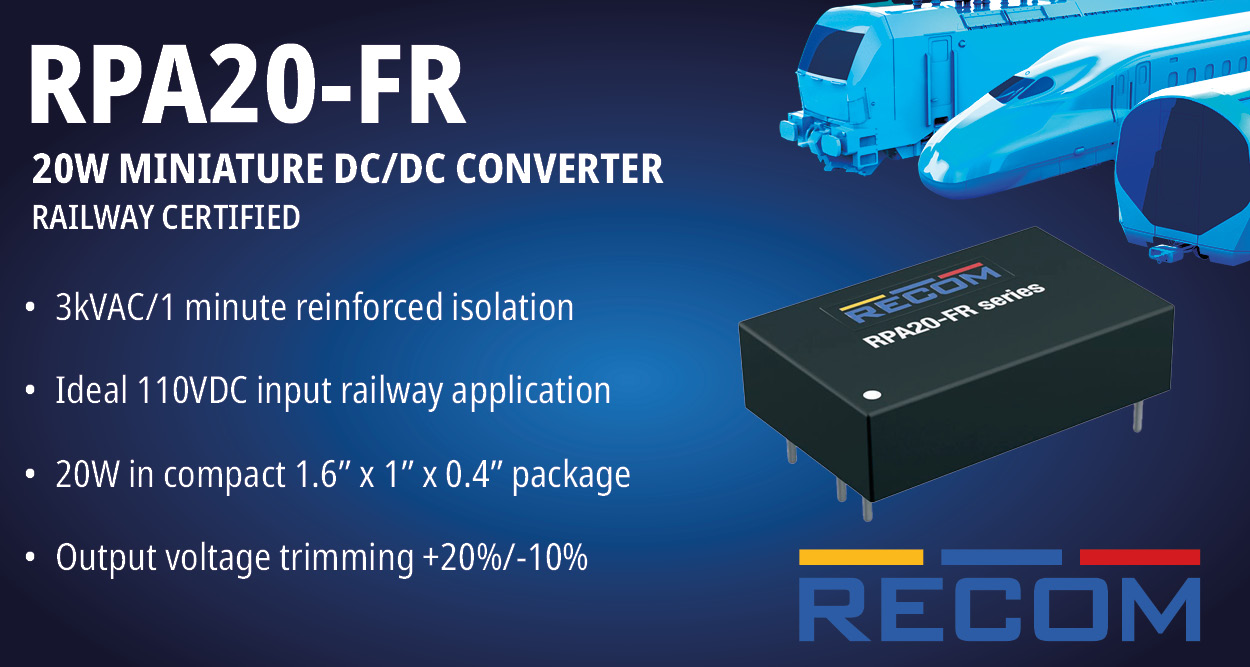Often we use security systems to keep our surroundings safe and secure. Traditional security systems are affected by light, smog, dirt, and even environmental conditions. They are ineffective because of capturing angles, lack of better image processors, low image clarity, and low shutter speeds.
There have been constant evolutions, advancements, and research across the globe to improve security systems. One such technology is Next Imaging Technology, which refers to the latest advancements in imaging technology. Next Imaging Technology can be used in various fields like medical, automotive, civil engineering, etc. However, according to the Consegic Business Intelligence report, the Next Imaging Technology in the security and surveillance field is expected to witness the fastest CAGR from 2023 to 2030.
Next Imaging Technology utilizes several techniques like optical, radiography, and thermal scanning. Due to these techniques, the Next Imaging Technology helps for better surveillance by providing low light compensation, image stitching, stabilization, and intelligent image processing. Even under low light conditions and narrow capturing angles, Next Imaging Technology uses techniques like Wide Dynamic Range and Three-Dimensional Noise Reduction to provide high-resolution images and clarity images by focusing on improving sensitivity. For better surveillance, we need 360-degree video footage and not just unidirectional views. Next Imaging Technology uses 3D algorithms that combine several images to create high-definition images so that one can get a 360-degree view of the area under surveillance.
Utilizing Electronic Image stabilization, Next Imaging Technology is used for smooth video capture even under unstable or adverse environment conditions. This eradicates the issue of noisy, blurry, and shaky video footage. Next Imaging Technology uses Integrated Circuits (ICs) requiring less power consumption which ensures the security cameras’ durability in the long term.
Surveillance systems collect GBs of data every day. It becomes tedious to analyze and segregate this data for proper monitoring of the infrastructure. Next Imaging Technology uses several different advanced algorithms to sort useful and noisy data into different sections. This system allows the authority users to process the data and images efficiently and extract useful information by object recognition, motion detection, and behavior analysis. This useful data can then be used to improve the algorithms themselves or to solve any loopholes that might be present in the surveillance system.
The need to monitor and inspect crucial infrastructure in industries implies the growth of the Next Imaging Technology in the next few years. Next Imaging Technology is evolving every day and with the integration of AI into this, it will provide relentless and secure services.


















